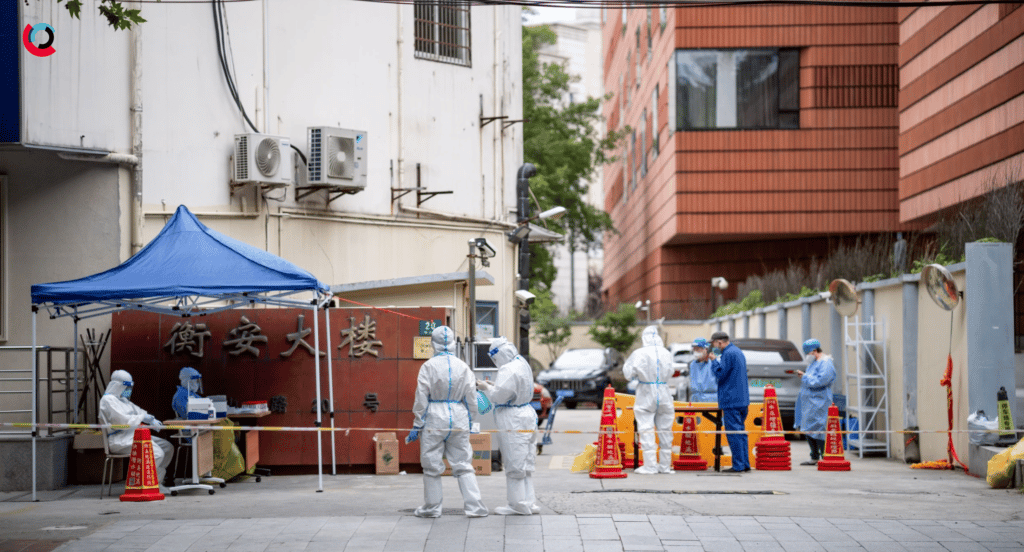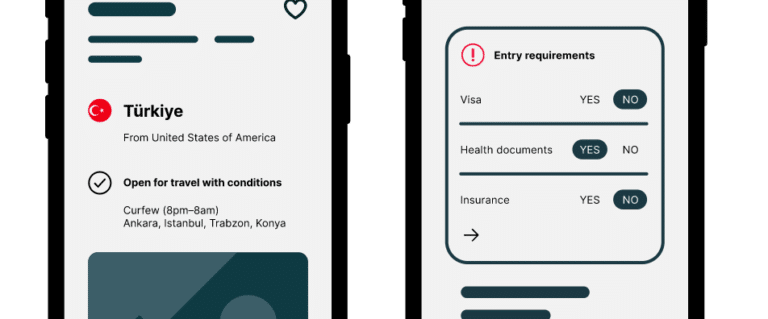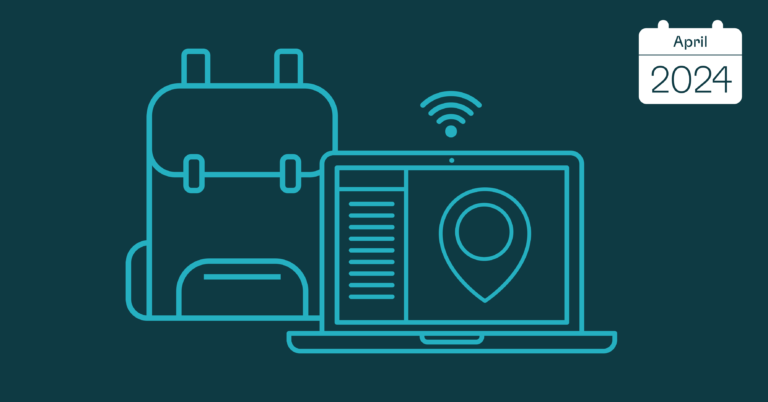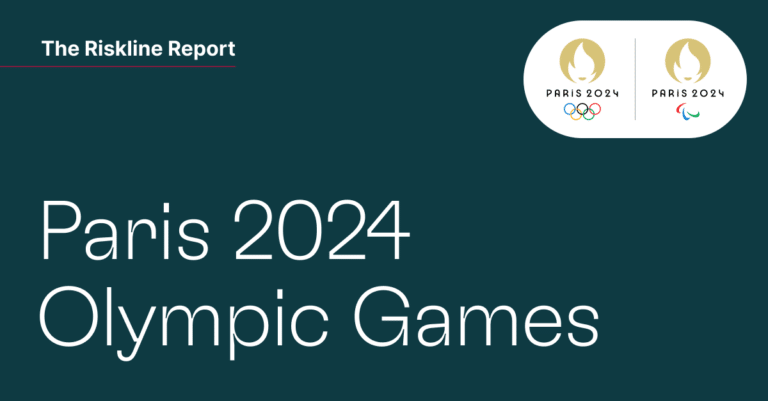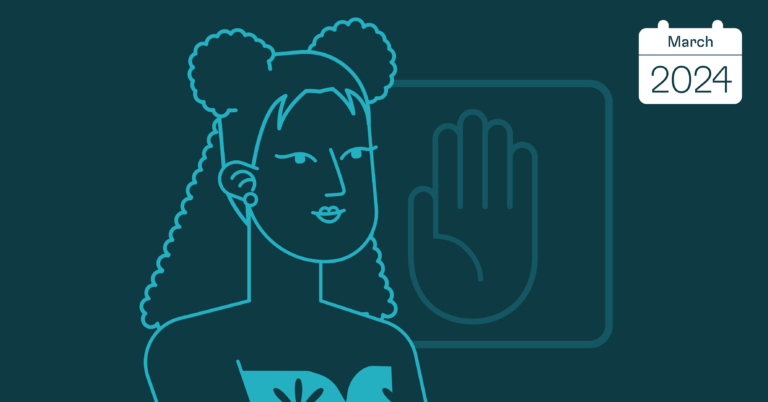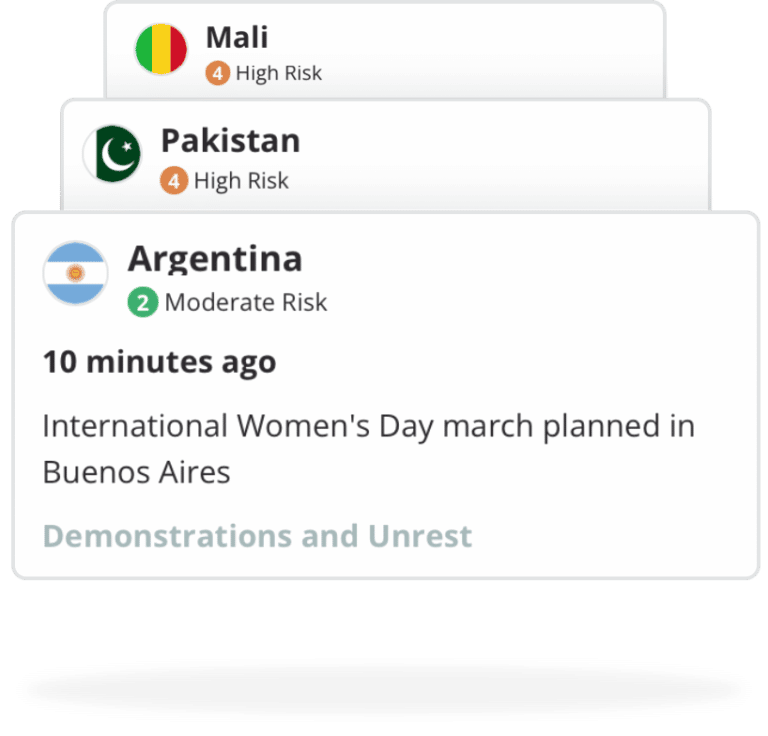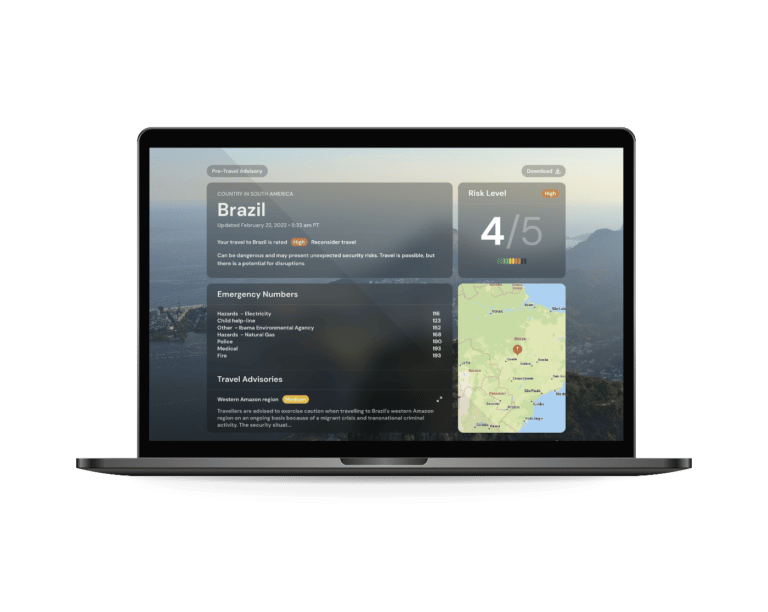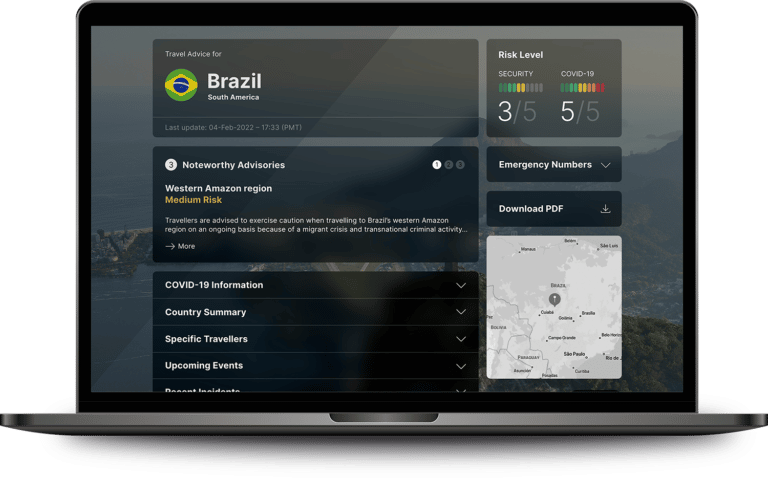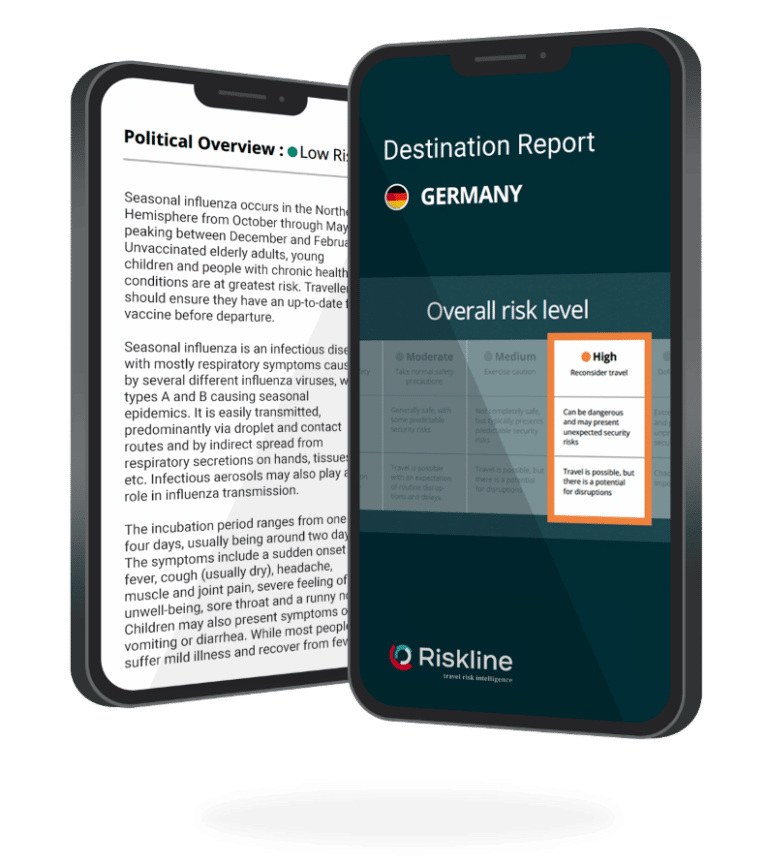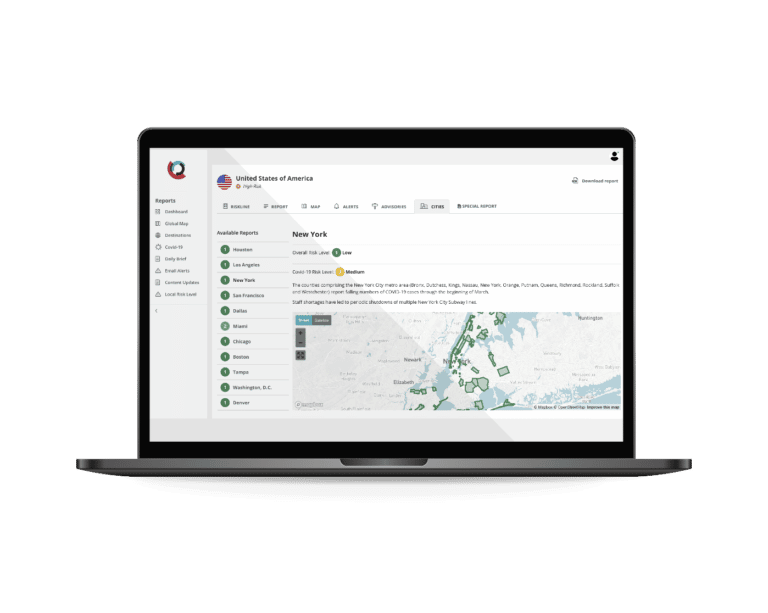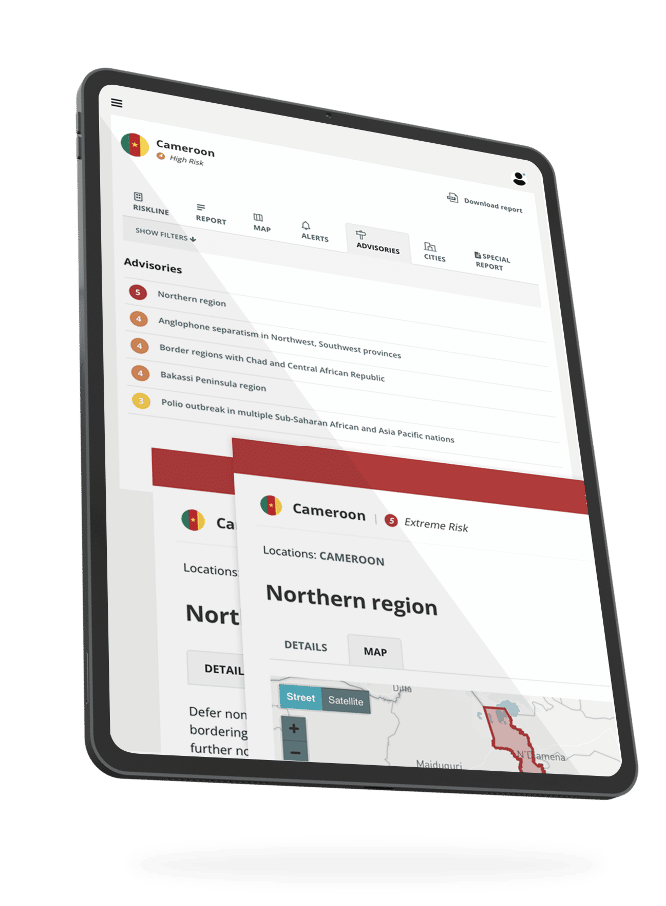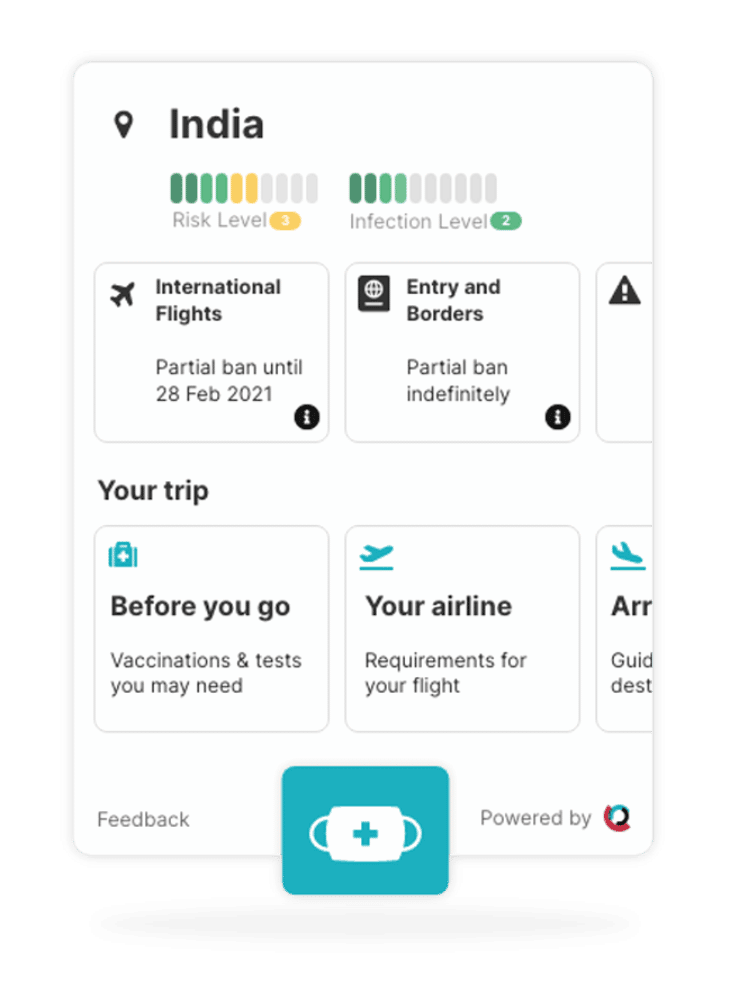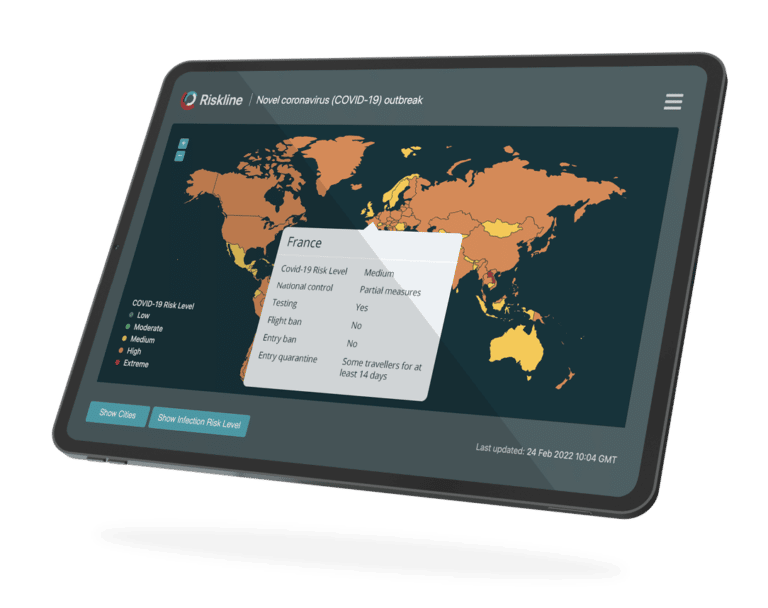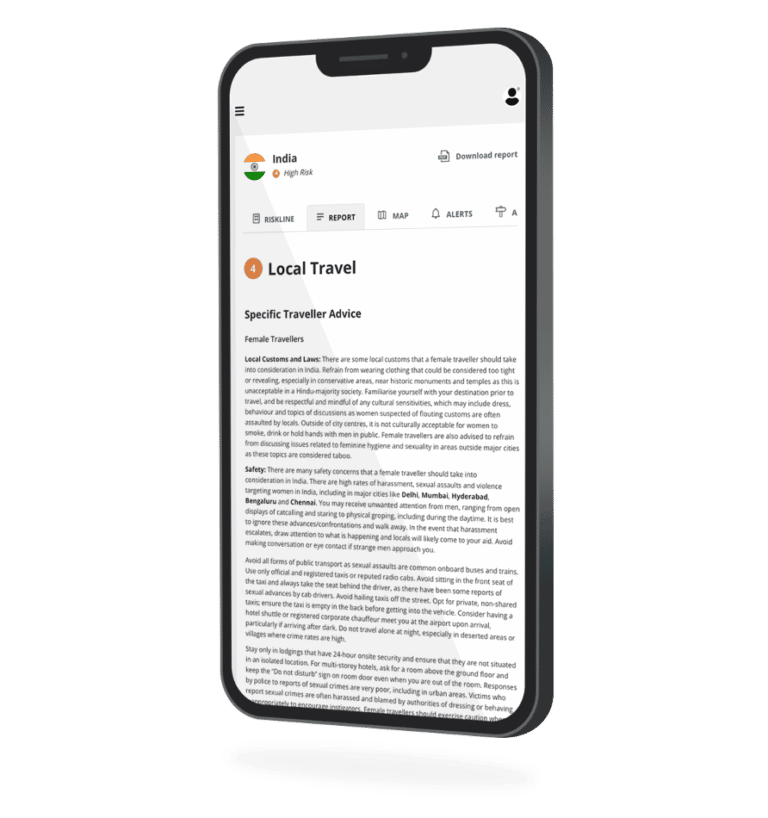By Bumjoon Park
Introduction
A highrise fire that killed at least 10 people in Urumqi, Xinjiang Uyghur autonomous region, on 24 November agitated underlying resentments over prolonged COVID-19-related lockdown measures and acted as a catalyst for multiple protest rallies in Beijing, Shanghai, Wuhan, Chengdu and a dozen other major cities across China over the following days. Protesters suspected that strict measures, like erecting barriers around buildings under lockdown, led to the deaths.
Periodic protests over lockdowns have been reported from across the country since the pandemic began three years ago but the recent protests were different in that a large number of people across major cities were expressing grievances over the same issue over the same time period.
The protests
The protest rallies had two main characteristics; they were vigils over the deaths in Urumqi and other deadly incidents, such as a quarantine hotel collapsing in Fujian province in March 2020 and the crash of a quarantine bus in Guizhou province on 18 September, and at the same time protests over the prolonged lockdowns. However, some of the rallies also demanded political reform; something rare and potentially dangerous for protesters in China.
On Shanghai’s Wulumuqi Road, protesters chanted for President Xi Jinping to step down. In Beijing, protesters called for press freedom along the Liangma River. Similar government criticisms and calls for reform were echoed at rallies in Chengdu, Sichuan province, and Guangzhou, Guangdong province.
Students also demonstrated by holding blank papers referencing state censorship on dozens of college campuses nationwide, including Tsinghua University and Peking University in Beijing, Fudan University in Shanghai, the Chinese University of Hong Kong, Xi’an Academy of Fine Arts, Chongqing University, Central China Normal University in Wuhan, Hunan University in Changsha and the Communication University of China in Nanjing.
Protesting residents attempted to smash through barricades of lockdown areas across Shenzhen in Guangdong province, Wuhan in Hubei province, Lanzhou in Gansu province and Urumqi. Mass arrests and invasive censorship have already stemmed some of the unrest but the protest rallies will continue unless the government changes its “zero-COVID” course.
Implications for China’s “zero-COVID” policy
Despite the protests, central authorities have expressed their determination to maintain the country’s “zero-COVID” policy of responding to any COVID-19 outbreaks. In early November, however, the central government directed local governments to not abuse sweeping movement restrictions, and following the fire, officials in Urumqi relaxed some restrictions by allowing public transport to partially resume.
Other major cities, including Shanghai, Wuhan, Chengdu, Zhengzhou, Haikou, Hangzhou, Harbin, Beijing, Tianjin, Chongqing, Nanning, Lhasa, Shenzhen and Guangzhou, also eased some restrictions by narrowing the geographic scope of lockdown measures, mandating lockdown areas to keep entrances open for emergencies after several highly-publicised incidents of lockdown-related suicides or patients being denied access to hospitals, ending the testing requirement for accessing public transport and directing lockdowns to be promptly lifted after no new cases are detected.
However, most municipalities continue to employ strict localised lockdowns for residential buildings with confirmed cases and district-wide movement restrictions of varying strictness. Many are still requiring negative test results to use public transport or to enter/exit certain areas. The economic impact of “zero-COVID” also continues to trigger unrest; riots over lockdowns and pay have rocked the major Foxconn iPhone factory in Zhengzhou since October.
Chinese authorities have never clearly set an exit strategy from “zero-COVID” but often referenced the relatively higher COVID-19-related mortality rates in other countries when defending the lockdowns. Social unrest from high COVID-19-related death rates is a real possibility faced by authorities, especially considering China’s limited health infrastructure.
A study published by a team of Chinese and American experts in Nature Medicine in May found that without significant changes in vaccine uptake trends, 1.5 million COVID-19 fatalities, three-quarters of them over the age of 60, would occur over the space of several months in China, with an accompanying fifteen-fold increase in demand for beds at intensive care units (ICU).
Only about 68.6 percent of people aged 60 or older and 40.4 percent of those aged 80 or older have received at least three COVID-19 vaccine doses in China as of this writing. Improvements in health infrastructure, meaningful improvement in the elderly population’s vaccination rate or a significant reduction in worldwide COVID-19-related deaths are more likely criteria for a possible transition from “zero-COVID.”
In the wake of the protests, public health officials announced that priority will be given to vaccinating most of the elderly population but the slow pace of such efforts so far and lingering questions about the efficacy of Chinese-made COVID-19 vaccines means that “zero-COVID” will last through 2023, and perhaps into early 2024.
Further protests over lockdowns are likely to continue sporadically across major cities into 2023 as authorities continue to impose lockdowns in areas with confirmed cases. Any new catalysing event like the Urumqi fire has the potential to stoke renewed demonstrations; another deadly highrise fire blamed on lockdown measures has since occurred in Xi’an, Shaanxi province, on 1 December.
At least one foreign journalist was detained by police at the Shanghai protest site and was allegedly beaten before being released. Foreign nationals who find themselves inside a recently declared lockdown area should contact their countries’ embassies or consulates for assistance. Travellers are advised to avoid all protest rallies as police often employ heavy-handed measures to swiftly disperse and detain protesters as well as bystanders.
Summary
A fatal highrise fire in Urumqi on 24 November acted as a catalyst for anti-lockdown protest rallies across major cities in China, with some protesters calling for political reform. Further protests are expected to continue through 2023 as the government struggles to respond to demands for relaxing “zero-COVID” amid fears of a major surge in new cases overwhelming the healthcare system. Serious reforms are unlikely due to the precedent that would be set by responding to grassroots unrest over the lockdowns.
Bumjoon Park is a Japan-based political and security risk analyst covering East Asia.

